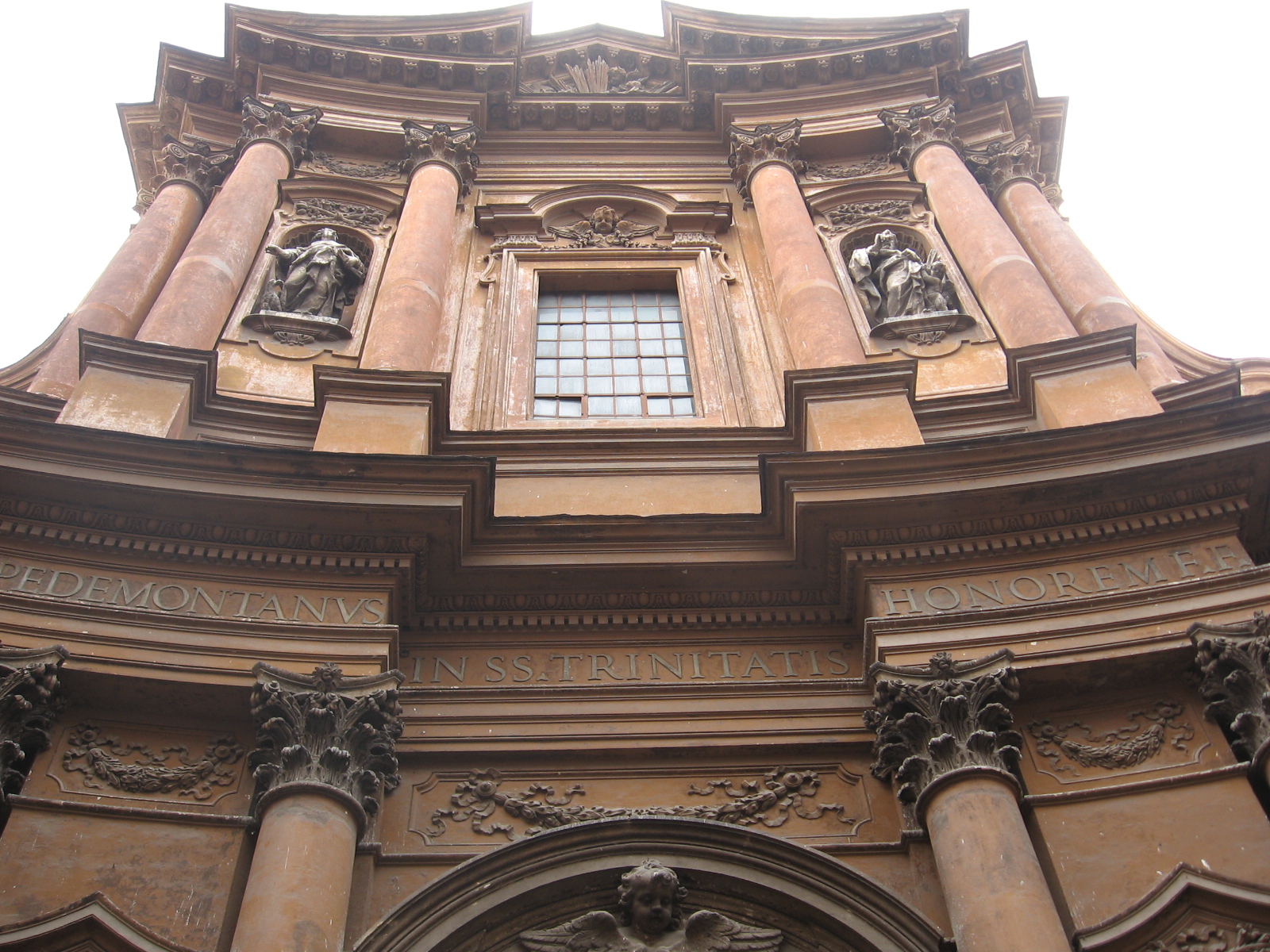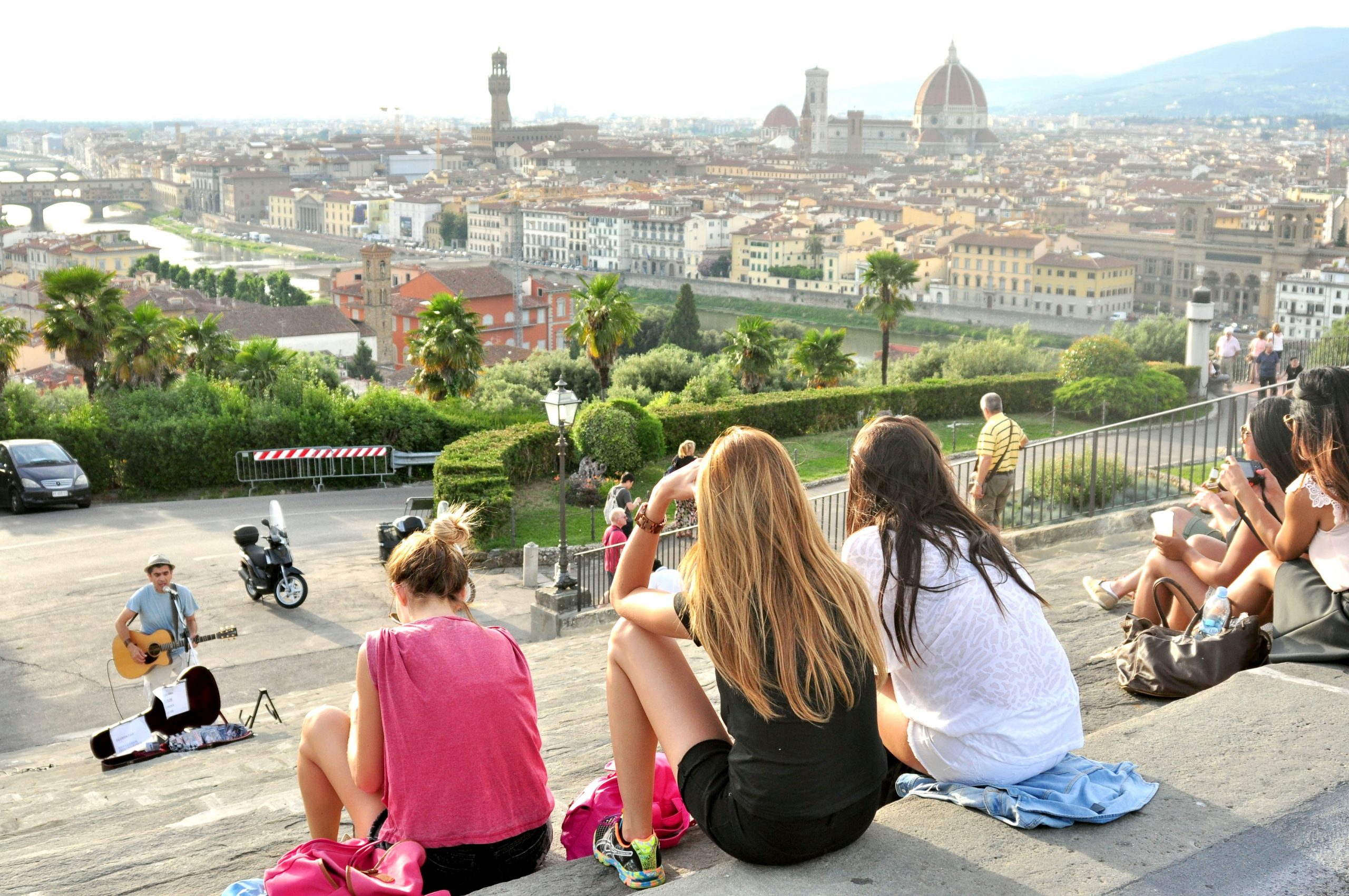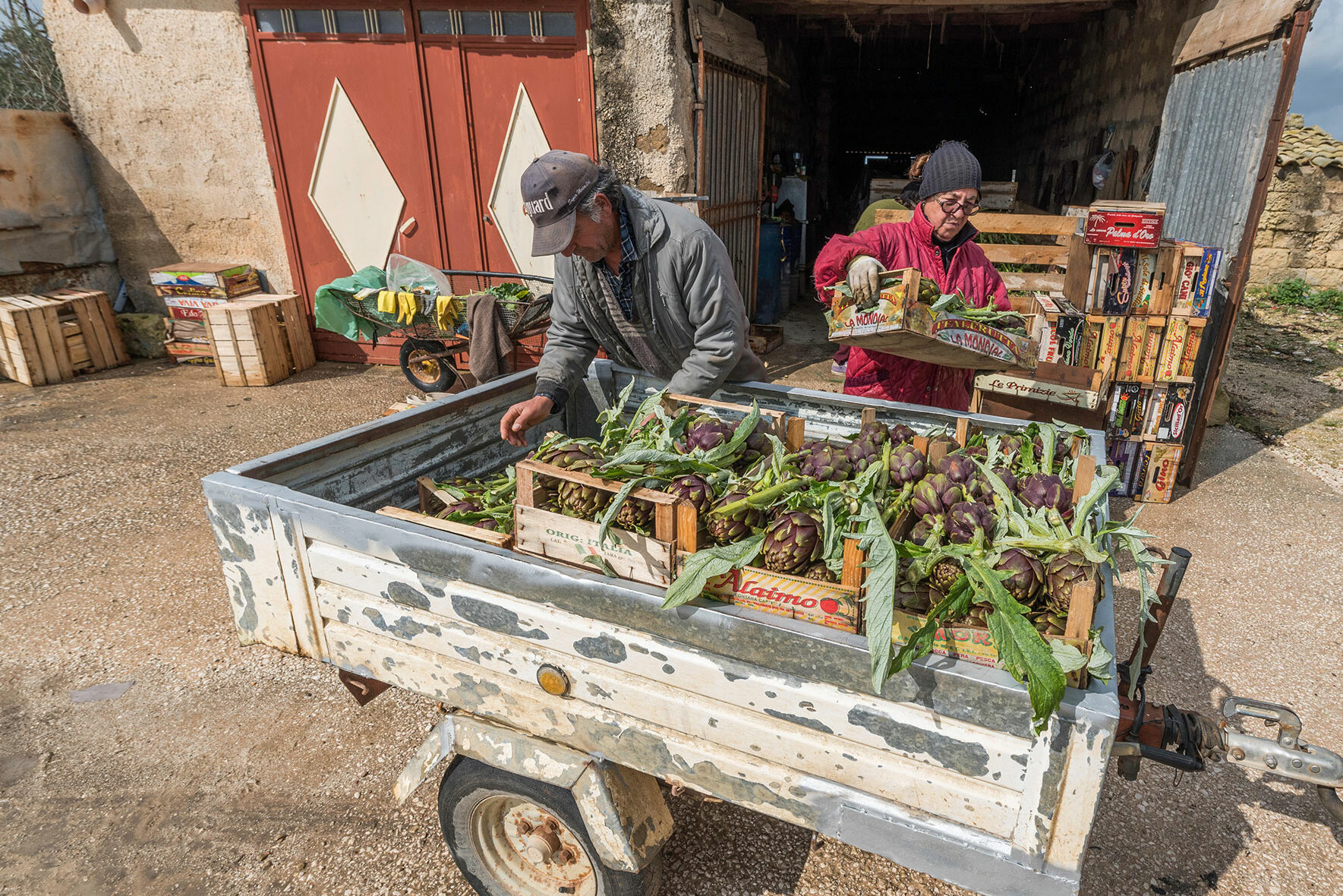Susan takes us around Rome, exploring one of the misteries in the Chiesa dei Pellegrini.
While in Rome, I usually set some time aside to visit a few of the 900+ churches in the eternal city. Each one is packed with historical events, intrigue, mystery or various holy relics that are interesting to check out. I’ve seen St. Catherine’s head in Siena’s Church of San Domenico, and the tongue, jaw and larynx of St. Anthony in his basilica in Padova. The saints relics, typically body parts, were highly prized during the middle ages and considered a protection for the town where they were housed.
While walking through the Lateran district of Rome, I stepped inside the ancient Church of Santa Croce in Gerusalemme. As one of the Seven Pilgrim Churches of Rome, its origins began in the early 4th century initiated by St. Helena, the mother of Constantine.
It was here as well that I learned about a dramatic discovery that was made in 1492. Inside the church stands the colorful nave with a fresco of Christ Blessing, surrounded by cherubs. The mosaic floors are dazzling in design. Roman era columns support the side isles.
Below the nave and down a flight of stairs is the Chapel of St. Helena, the mother of Emperor Constantine. The church stands on what originally was a Roman Imperial estate, with the chapel plus two adjoining rooms built into the Sessorian Palace at the time, owned by the empress St. Helena.
Interesting to note, the chapel lies close to 6 1/2 feet below the nave of the church which was the street level during the time of St. Helena and Constantine. Below the statue lies scattered soil from the Holy Land, brought here by St. Helena from her pilgrimage to Jerusalem in the 4th century. She claims to have discovered the true cross and other relics. She came back and set up a shrine here for pilgrims unable to make the pilgrimage.
Paper notes and prayers from the faithful scatter across and underneath a glass case. This is how the church got its name. Santa Croce (Holy Cross) of Gerusalemme (in Hierusalem, meaning Jerusalem. It is explained that the basilica is “in Jerusalem” because of soil brought back from the Holy lands to Rome to be placed at the foundation. But there was also a discovery that greatly impacted the name as well.
Here is the mystery. As I mentioned at the beginning, there was a dramatic discovery in 1492 made while workers were repairing mosaics inside the church. What they found was a brick inscribed with the words Titulus Crucis, meaning Title of the Cross. This refers to the wooden title nailed above the cross of Christ.
Sealed behind it was a fragment of wood with the inscription “Nazarene” written in Hebrew, Latin and Greek. All are written from right to left, suggesting it was done by a Hebrew. It is believed that it was placed here to hide from Visigoth invasions around 455 AD. Today, this wood relic can be viewed upstairs in the Chapel of the Relics enclosed in a glass case.
A quote by Regius Professor of Divinity at Oxford may truly reflect the thoughts of many ~ “Almost everybody accepts that it is legend (the Titulus). I would put it on the level as seeing the face of Mohammed in a potato.”
We may never know the authenticity of this relic, but stranger things have happened. No one can say for sure…..and there we rest our case. But for the faithful, it is a step closer to God.
More from Susan at http://timelessitaly.me

































